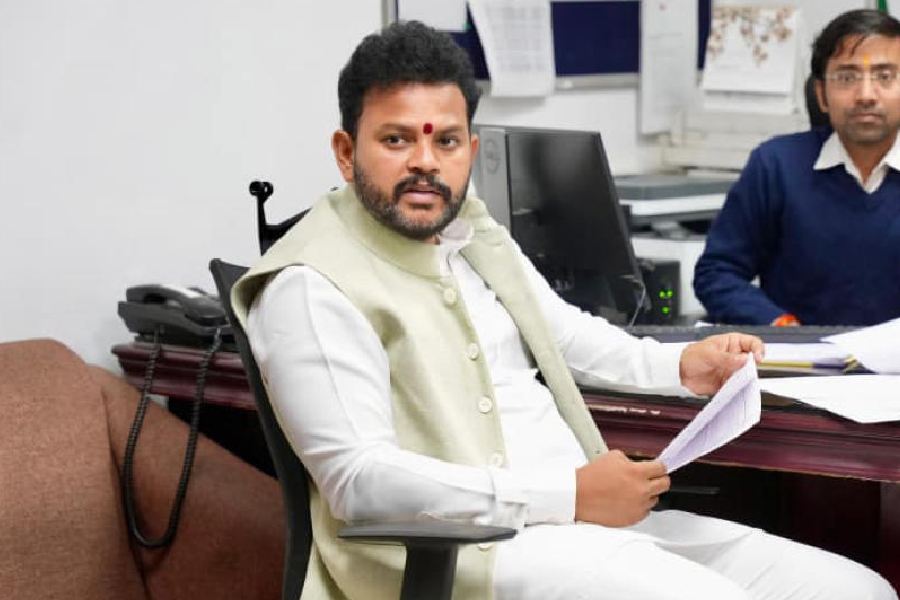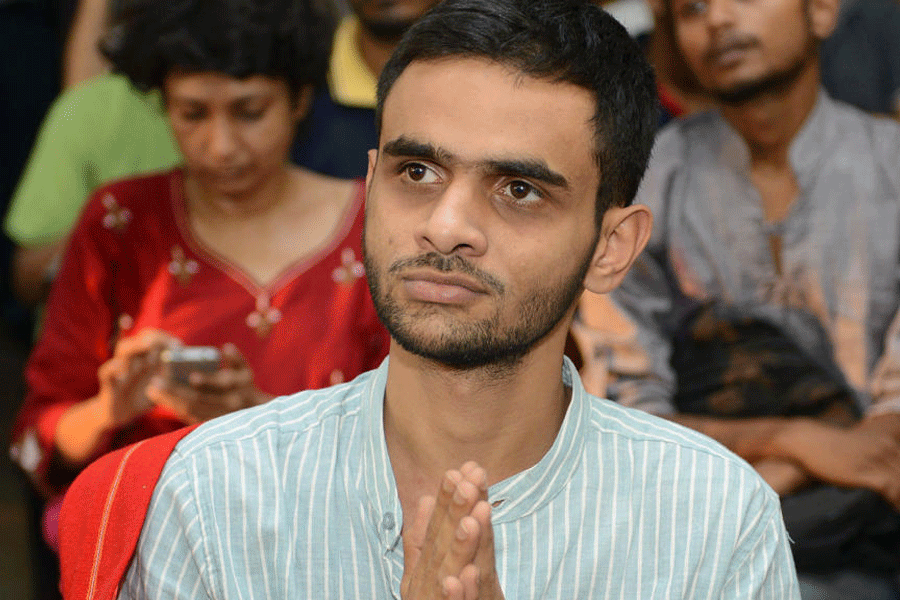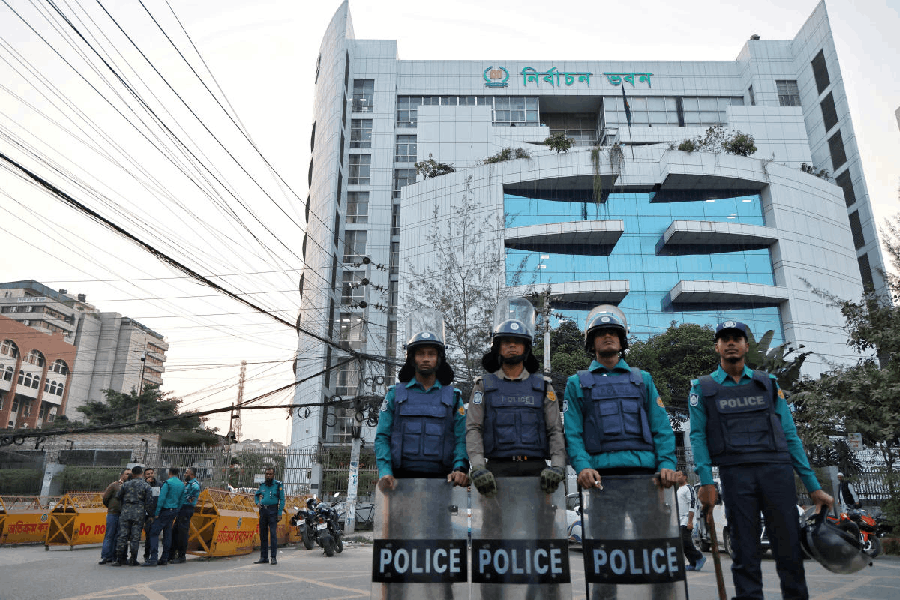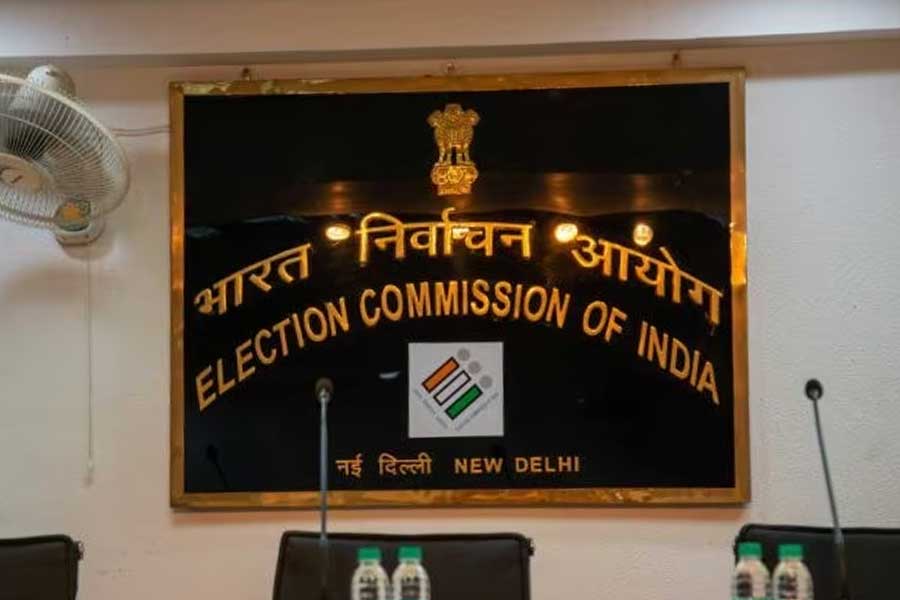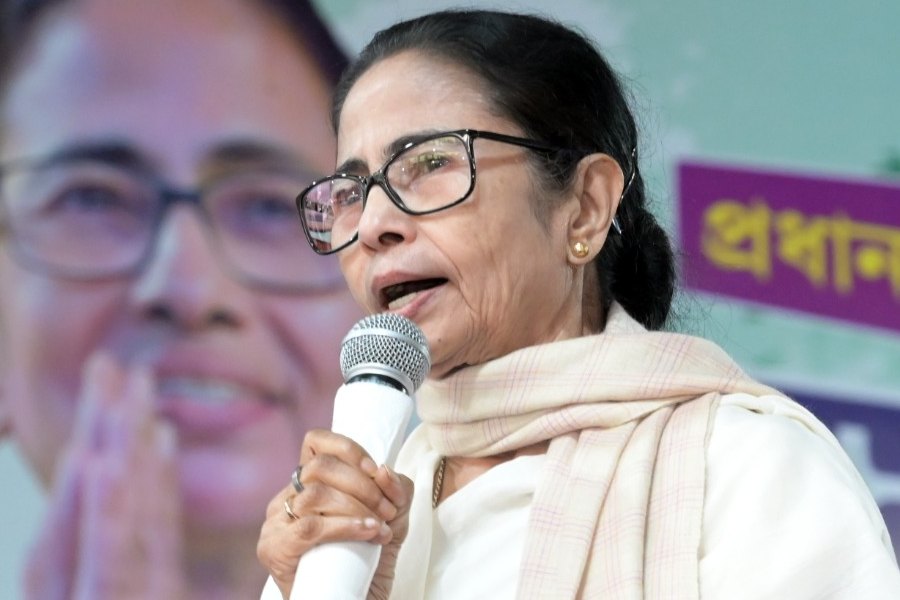Rising educational costs in India have caused significant concern. The increase is
attributed to a number of factors, including inflated private institution fees and inflation. Students are also under significant financial burden as examination and entrance fees are on the rise. In addition to tuition expenses, parents must pay for transportation, uniforms, textbooks, and extracurricular activities. The 2021 Annual Status of Education Report had shown a spike in rural dropout rates, which was attributed in part to increased educational expenses. Despite growing educational costs, people’s incomes have remained stagnant. Increasing educational expenses pose a considerable impediment towards upward mobility, particularly for middle- and low-income families.
Many schools fail to offer detailed breakdowns of how fees are spent, prompting concerns about profiteering. The absence of effective government regulation exacerbates the problem. To strike a balance between the need for modern facilities and cost, schools, regulators, and parents must collaborate. Without genuine reform, the aim of making education a great equaliser would be rendered out of reach, trapping families in a cycle of sacrifice and depriving students of their potential. Parents are saving early, taking loans, and even selling property to send their children to costly private schools and universities, hoping that the investment will pay off later in their children’s lives. They have to enrol their children in expensive private institutions because the number of seats at government-funded universities with minimal fee structures is limited. Delhi University has just about 71,000 seats across
79 undergraduate programmes in 69 colleges and departments, but more than 300,000 candidates have registered for those seats. With thousands of students failing to get into a government education facility, private entities are providing an alternative option. But private institutions are not subject to stringent regulations. This allows them to determine their own costs, often leading to exorbitant charges.
According to a Local Circles study, 44% of parents claimed that their children’s school tuition fee had risen by 50%-80% in the previous three years, with 8% reporting that the hike had exceeded 80%. Private universities and colleges must establish transparent pricing and reduce tuition fees. Educational institutions strive to reach global standards, which also leads to increased operational costs that are then passed on to students. According to a 2020 National Sample Survey Office estimate, education spending on an average had almost doubled in the preceding 10 years. Between 2008
and 2018, the annual cost per student in rural areas increased from Rs 5,856 to
Rs 12,345; in urban areas, it rose from Rs 12,000 to Rs 28,000. The Reserve Bank of India reports that the total amount of outstanding education loans from both public and private banks reached 1.31 lakh crore by the end of November 2024, marking a 17% increase from November 2023.
The education sector received Rs 1.28 lakh crore in the Union budget 2025-2026, an increase of 6.5% over the previous year. However, calls to increase education funding to 6% of the gross domestic product have remained ignored. In contrast, in 2023, the United States of America spent 6% of its GDP on education, according to data from the World Bank. China made a slightly larger investment in education, allocating 6.13% of its GDP to this sector.
Inclusive, affordable education is essential if India is to become Viksit Bharat by 2047. It is unlikely to be achieved in the absence of comprehensive and urgent policy measures to make education affordable.


